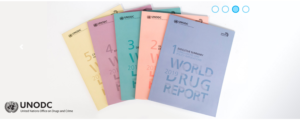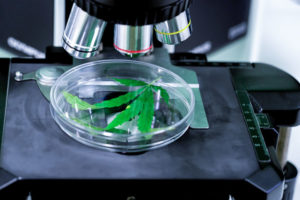2019 World Drug Use Summary
 Globally, an estimated 271 million people, about 5.5% of the world population aged 15-64 used an illicit drug in 2017. The number of people who use drugs is now 30% higher that it was in 2009. Data shows a higher prevalence of the use of opioids in Africa, Asia, Europe and North America and a higher prevalence of the use of cannabis in North America, South America and Asia compared to 2009. Here is a summary of findings from the 2019 World Drug Report.
Globally, an estimated 271 million people, about 5.5% of the world population aged 15-64 used an illicit drug in 2017. The number of people who use drugs is now 30% higher that it was in 2009. Data shows a higher prevalence of the use of opioids in Africa, Asia, Europe and North America and a higher prevalence of the use of cannabis in North America, South America and Asia compared to 2009. Here is a summary of findings from the 2019 World Drug Report.



